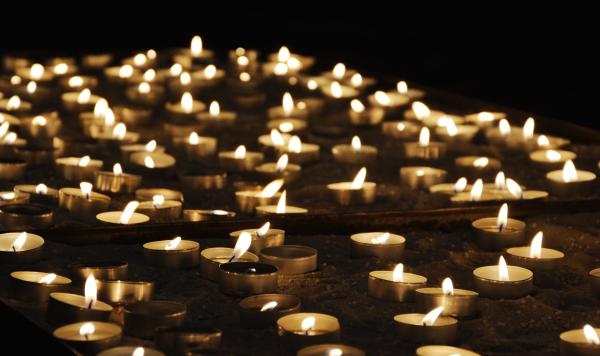While Circadian rhythms are perhaps the best know example of biologic rhythms, there are many more. Our heart rate, for one, is begun by a cyclic chemical response in our cardiac sinus or pacemaker. While our heart rate, as measured by an EKG, appears to be for most of us quite regular, when looked at more closely, there are millisecond differences between beats, a condition described as heart rate variability. Less well known is a mild variation in our arterial blood pressure over about 10 seconds, known as a Mayer wave. What all these rhythms have in common is that they reflect the balance between our sympathetic, fight and flight, activity, and our parasympathetic, rest and digest, activity. As we age, the variability of these objective measures decreases, a loss of resilience to variation, and in some respect, a harbinger of our physiologic rather than chronologic age.
One of the very interesting things about the sympathetic and parasympathetic nervous system, collectively the autonomic nervous system (ANS), is that classically it has been described as controlling the “bodily functions not consciously directed.” But just as the ANS now includes a third system, the neural networks of the GI tract, which are, in turn, affected by the chemical released in our microbiome, it may well be that we can exert conscious control over our ANS responses, through our breathing. Eastern medicine, particularly yoga, actively promotes breath control to access and modify our sympathetic nervous system. While not a therapeutic intervention in Western medicine, it has found a home in Western culture. It seems that rhythmic chanting shares a commonality with the back and forth of priest and congregation in the Roman liturgy, most specifically in Ava Maria.
It is unclear whether the source of those 10 second Mayer waves originates centrally in the medulla oblongata or peripherally in the carotid artery’s pressure receptors. But those rhythms do exist. When the respiratory rate slows to about six breathes per minute, it acts to reinforce, the medical term being entrained, with those Mayer waves. A slower pace of breathing reduces hypertension, increase oxygenation, and improve exercise tolerance; it also is calming, creating a sense of well-being.
A significant component of yoga is control of the breath, the source of prana, energy. Practitioners are taught to slow the breath, by conscious means, like matching the length of inhalation to exhalation. The respiratory rate can also be less consciously slowed by the rhythmic repetition of mantras or chants, Before you write this off as Eastern “alternative medicine,” consider a more westernized version of those mantras, the call and response of the priest and congregation, more specifically, the Ave Maria. [1]
Researchers looked at the cardiovascular and respiratory effects of both, as well as controlled breathing, on a small group of healthy adults.
- Talking, by itself, does slow the breath, but its cardiovascular effects are small and irregular.
- Both a yogic mantra and Ave Maria, think of them as rhythmic speech, slowed and regulated respiration from 14 breaths/minute to “around 6/minute.” As a result, cardiovascular function measured by blood pressure, and cerebral blood flow became more synchronized to those intrinsic Mayer rhythms.
The researchers went on to point out that the introduction of the Rosary into the West came from the Crusaders “who took it from the Arabs, who in turn took it from Tibetan monks and the yoga masters of India;” suggesting that what seems to be a coincidence to us may be a lost historical connection.
They raise an intriguing possibility, that the Rosary, a prayer requiring many repetitions, created a “fixed respiratory rate at a predetermined frequency,” in a time before clocks and in a Western society that did not encourage the consciousness of the body. The resultant well-being caused by the slowing of respiration and its effect on the cardiovascular system might well have reinforced the power of those prayers, and introduced a bit of Eastern medicine into Western culture. Much of our current thinking about the health benefits of religion reference the social aspects of a “beloved” community, could religious rituals’ impact on our physiology have been overlooked?
[1] Priest: “Ave Maria, gratia plena, Dominue tecum, benedicta tui mulleribus et benedictus fructus ventris tui Jesus” Congregation: “Sancta Maria, Mater Dei, ora pro nobis peccatoribus nunc et in hora mortis nostrae. Amen”
Source: Effect of rosary prayer and yoga mantras on autonomic cardiovascular rhythms: comparative study BMJ DOI: 10.1136/bmj.323.7327.1446




